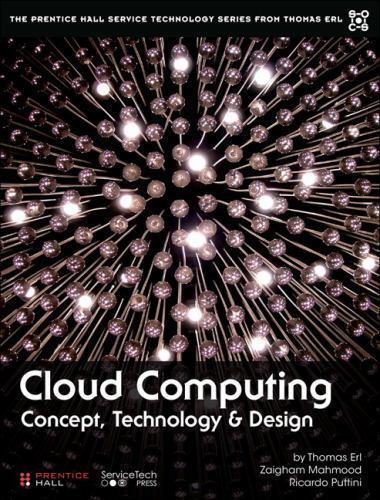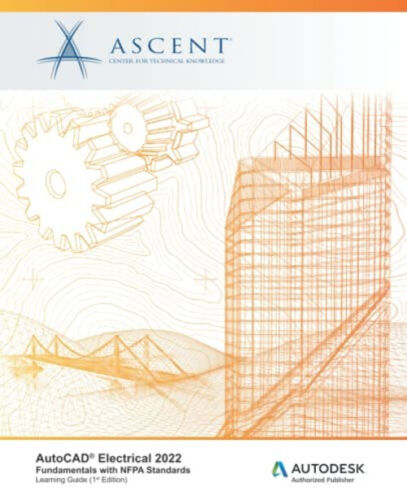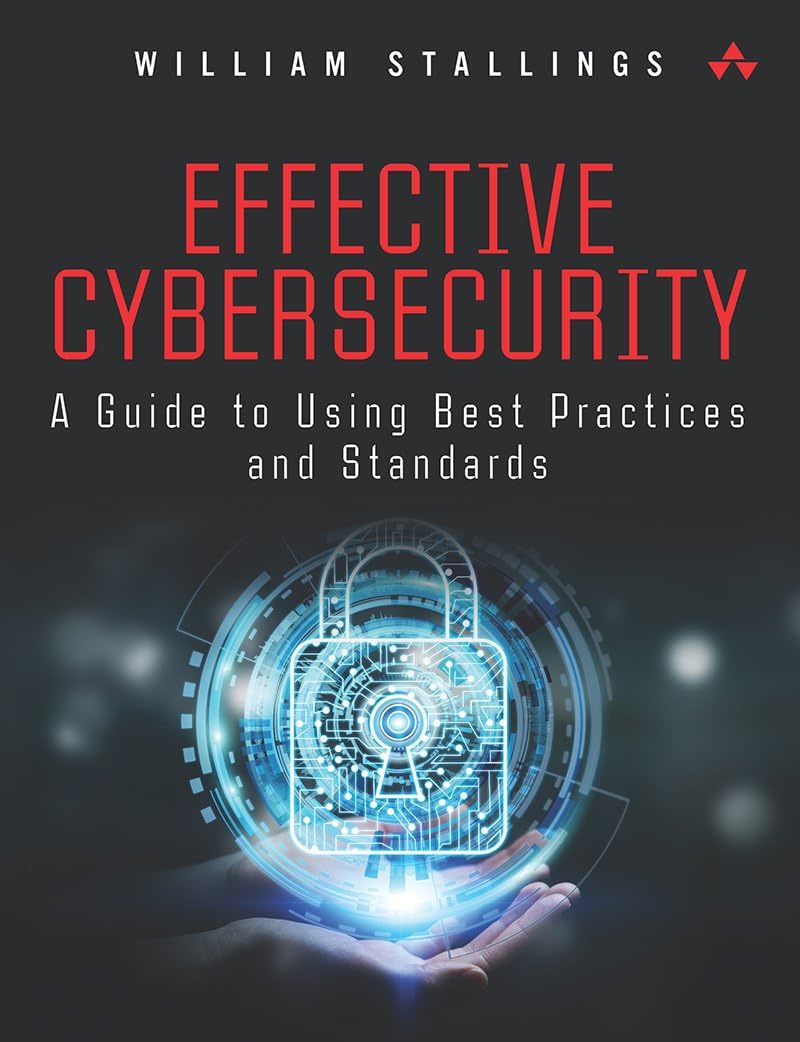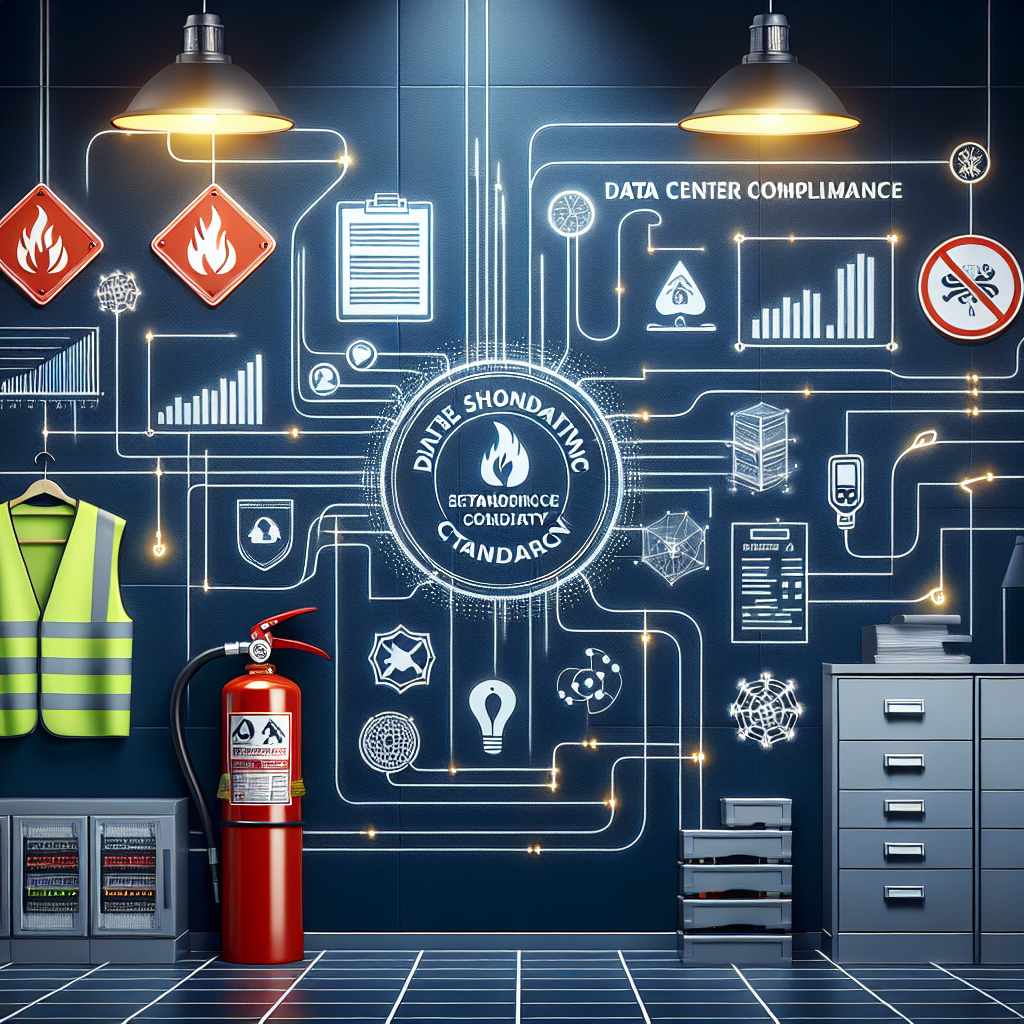Data centers are the backbone of modern businesses, providing the necessary infrastructure for storing, processing, and managing data. In today’s digital age, data is the most valuable asset for organizations, making it crucial to ensure that data centers are maintained and operated in compliance with industry standards and regulations.
Meeting industry standards and regulations is essential for data center maintenance, as it helps to ensure the security, reliability, and efficiency of the facility. Compliance with these standards also helps to protect sensitive information, prevent data breaches, and avoid costly fines and penalties.
One of the key industry standards that data centers must adhere to is the Uptime Institute’s Tier Classification System. This system categorizes data centers into four tiers based on their level of redundancy and availability. Tier 1 data centers have the lowest level of redundancy, while Tier 4 data centers have the highest level of redundancy and availability. Ensuring that a data center meets the required tier classification is essential for maintaining uptime and reliability.
In addition to the Uptime Institute’s Tier Classification System, data centers must also comply with various regulations and standards, such as the Health Insurance Portability and Accountability Act (HIPAA), the Payment Card Industry Data Security Standard (PCI DSS), and the General Data Protection Regulation (GDPR). These regulations are designed to protect sensitive information, ensure data security, and safeguard the privacy of individuals.
To ensure compliance with industry standards and regulations, data center maintenance must include regular inspections, audits, and assessments. This includes conducting routine checks of the facility’s infrastructure, equipment, and security measures, as well as monitoring environmental conditions such as temperature and humidity levels.
Data center maintenance should also include regular testing of backup systems, power supplies, and cooling systems to ensure that they are functioning properly. In the event of a power outage or equipment failure, having reliable backup systems in place is crucial for maintaining uptime and preventing data loss.
Furthermore, data center maintenance should also include regular software updates, patches, and security measures to protect against cyber threats and vulnerabilities. Implementing strong encryption, access controls, and monitoring tools can help to prevent unauthorized access and data breaches.
In conclusion, ensuring compliance through data center maintenance is essential for meeting industry standards and regulations. By adhering to these standards, organizations can protect their data, maintain uptime, and avoid costly fines and penalties. Regular inspections, audits, and assessments are key components of data center maintenance, as they help to identify and address potential issues before they escalate. By investing in proper maintenance and compliance measures, organizations can ensure the security, reliability, and efficiency of their data centers.















